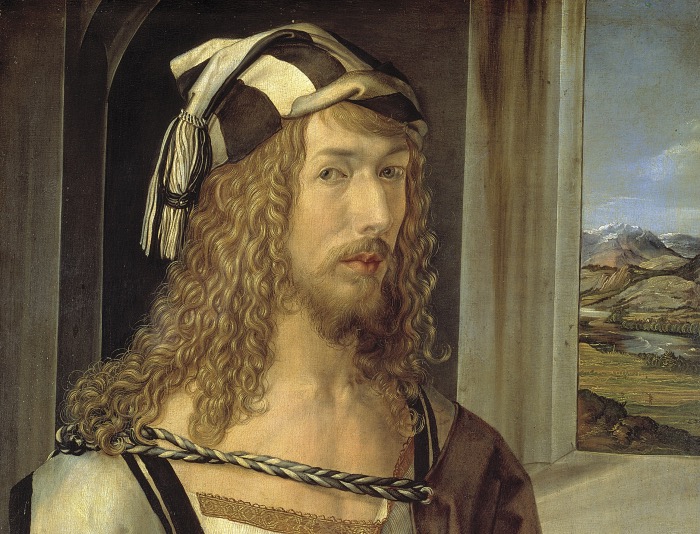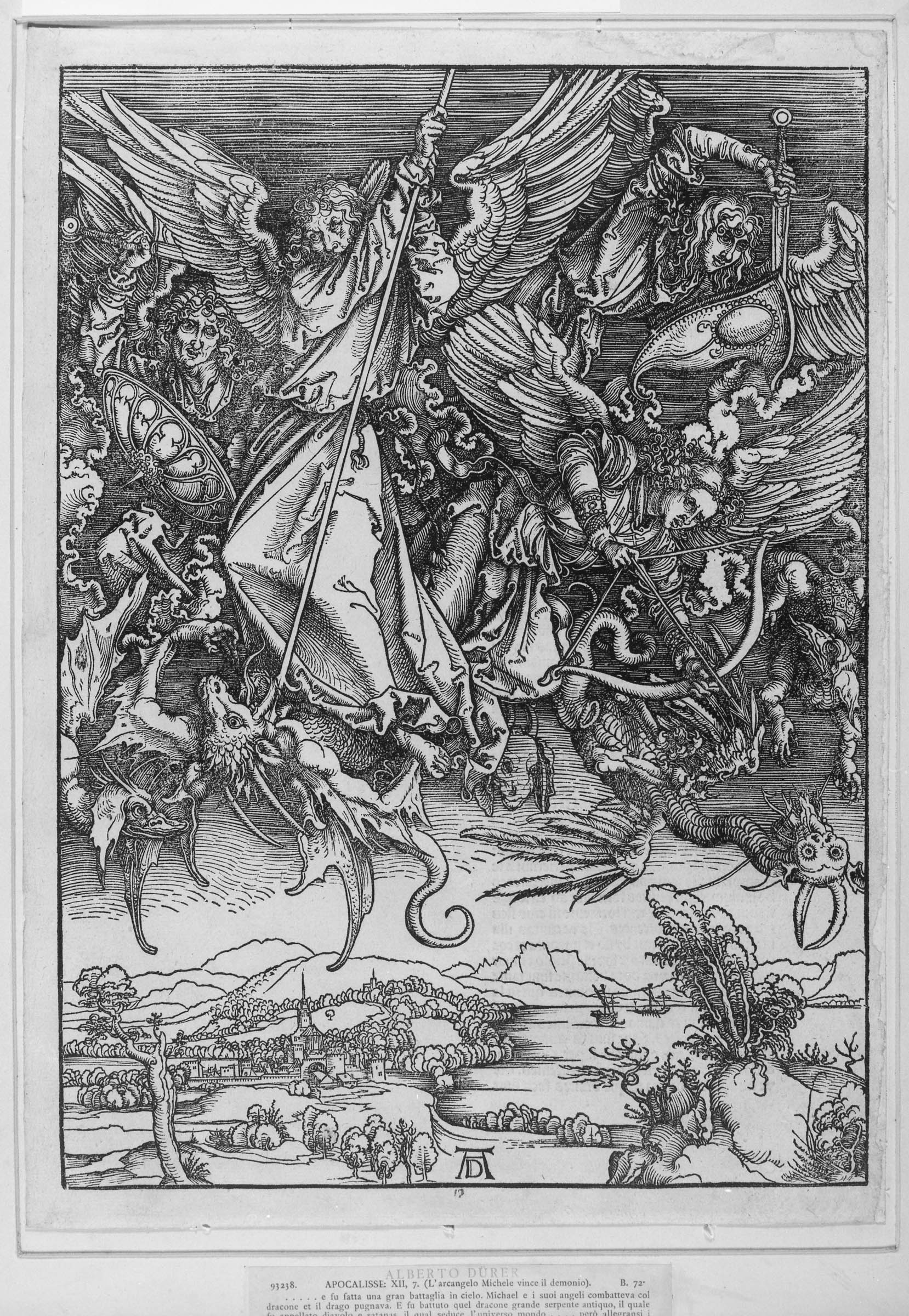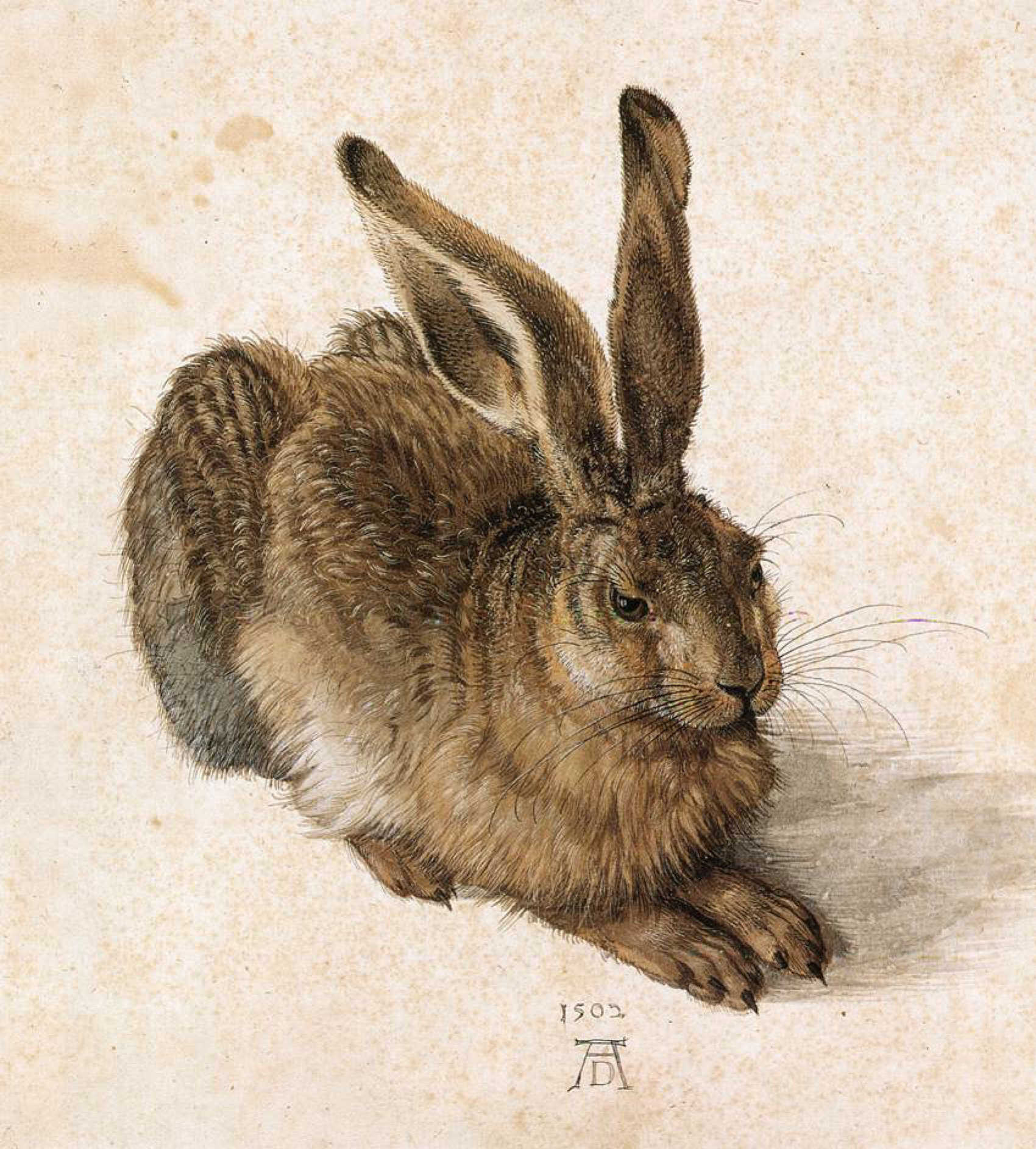
Do you know the works of Dürer and why he is considered a genius artist?
In this post, I want to introduce you to the masterpieces of Albrecht Dürer, a master of the Nordic Renaissance and famous for his revolutionary approach to art.
Born in Nuremberg in 1471, Dürer left an indelible mark on the art world not only as a painter, but also as an exceptionally talented engraver. The son of a goldsmith, he learnt the techniques of engraving on both wood and metal and used them to create extraordinary works.
The Works of Albrecht Dürer: Genius of the Northern Renaissance

L’Autoritratto di Dürer
Albrecht Dürer’s artistic life, enriched by two stays in Italy, was characterised by the influence of the colour of the Venetian artist Giovanni Bellini and the naturalism of Leonardo da Vinci.
Most of his creations were made in Nuremberg, where he lived until the end of his days and where he created his most significant works, those that helped make him an icon of European art.
Here are his most important works and where to admire them.
1. SELF-PORTRAIT
Albrecht Dürer portrayed himself repeatedly throughout his life, starting with a simple charcoal sketch at the age of 13, continuing with a self-portrait in profile at the age of 22, dedicated to his future wife Agnes Frey, and culminating in his most famous self-portrait, in which he appears at the age of 28.
In this famous self-portrait, Dürer paints himself in luxurious clothes and kid gloves, assuming a typical aristocratic pose.
Painted in 1498, this painting reflects his fame and wealthy life. Dürer’s self-portrait can be admired by visiting the Museo del Prado in Madrid.
2. THE ENGRAVINGS
In his early years, Dürer devoted himself mainly to engravings and printing.
His ‘Apocalypse’ series, consisting of 15 woodcuts created between 1496 and 1498, represents the pinnacle of his engraving technique. These works, characterised by a marked contrast between black and white and an astonishing wealth of detail, illustrate the book ‘The Apocalypse of John’.
In particular the engraving in the picture, which depicts St. Michael fighting the dragon, is kept at the Staatliche Kunsthalle in Karlsruhe.

https://www.theartpostblog.com/wp-content/uploads/2023/12/img-San-San Michele che combatte il drago di Dürer
3. THE KNIGHT, DEATH, THE DEVIL
The work ‘The Knight, Death and the Devil’, created using the technique of burin engraving, is a powerful allegory of the quest for moral virtue. Unlike his earlier works, here Dürer uses shadows in a more pronounced manner, diminishing the contrast between black and white.
The image of the knight, protected by his armour (symbol of faith), defying the devil and ignoring Death, remains one of his most intense representations in the history of art.
The work is kept at the Staatliche Kunsthalle in Kahrlsruhe.

Il cavaliere, la morte e il diavolo di Dürer
4. HARE
Dürer’s watercolour depicting a Hare demonstrates the artist’s love of animals.
Produced on cardboard, with this drawing the artist intends to describe a Hare in great detail, using shades of colour and brushstrokes that seem to bring the animal to life.
Under the paws of this hare is visible the artist’s monogram, the hallmark of his work.
This work by Dürer is kept in the Albertina Museum in Vienna.

Leprotto di Dürer
5. ADAM ED EVE
On his return from his second trip to Italy, Dürer painted two oil panels depicting Adam and Eve. These works by Dürer, marked with the artist’s monogram, highlight his interest in the study of human proportions rather than religious themes. The bodies of Adam and Eve are slender and minutely described.
Comparing these paintings with an earlier engraving of the same name, one notices an evolution towards greater harmony of form.
Dürer’s Adam and Eve is exhibited at the Museo del Prado in Madrid.

Adamo ed Eva di Dürer
Dürer’s works not only made his name famous throughout Europe, but also charted an innovative course in Renaissance art, demonstrating how passion and talent can transcend the boundaries of time and space.
Through his work, Dürer left a legacy that continues to inspire artists and art lovers worldwide.

